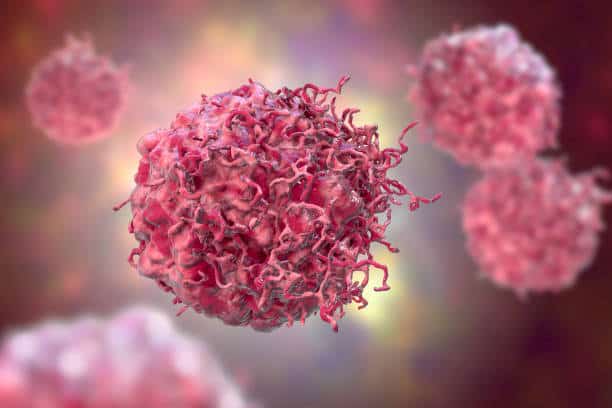Understanding the different stages of cancer is important for both cancer patients and their families. Knowing what stage a person’s cancer is in can help them make informed decisions about treatment and care.
It’s also important to understand that not all types of cancer are staged in the same way, so it’s important to speak with your doctor or healthcare provider if you have questions about how your particular type of cancer is staged.
How Cancer is Staged
Cancer staging is a method used to classify the extent of cancer within a person’s body. It helps to identify how far the tumor has spread and if it has affected other organs or tissues. The most common staging system for solid tumors (such as those found in the lungs, breasts, and colon) is known as TNM staging. This stands for Tumor (T), Node (N), Metastasis (M).
The T classification refers to the size and location of the primary tumor. The N classification looks at whether or not there are any regional lymph nodes involved in the spread of cancer cells beyond their original site. Finally, M classification looks at whether or not there are any distant metastases—that is, whether or not cancer cells have spread beyond their primary site into other areas of the body.
When is the cancer stage?
Cancer staging is usually based on several different factors, such as the size of the tumor, whether or not it has spread to other parts of the body, if there are any lymph nodes affected, and what grade the cancer cells appear to be under a microscope.
There are many different ways to stage cancer, including clinical staging (determining prognosis without surgery or biopsy), pathological staging (determining prognosis with surgery or biopsy), and post-therapy staging (which describes changes in tumor size or location after treatment).
Generally speaking, Stage 0 (zero) generally means an abnormal area may be present but no cancer cells have been found. Stage I indicates that some cancer cells have been found but are only in one spot and haven’t spread further yet. Stages II, III and IV indicate levels of increasing severity; for example, Stage II indicates that the cancer has grown larger or has spread slightly beyond its original location while Stage IV indicates that it has spread much further than this.
What are the different stages of Cancer?
After evaluating these individual TNM components, doctors then assign a stage from 0 through 4 depending on how far along the disease has progressed.
Stage 0 indicates that there is no evidence that malignant cells have spread outside their original site; this would be considered an earlier stage in which a patient may be eligible for more conservative treatments such as surgery or radiation therapy alone.
Stage 1 indicates that there may be some evidence that malignant cells have spread outside their original site but not enough to warrant additional treatments yet; this would be considered an early-stage diagnosis where patients may receive more aggressive treatments such as chemotherapy or immunotherapy combined with surgery and/or radiation therapy if they choose to do so.
In stages 2 through 4, malignant cells have spread further away from their original site; these later stages often involve more extensive treatments such as chemotherapy and/or radiation therapy combined with surgery when possible.
Palliative Care for Cancer Patients
Palliative care is specialized medical care for people living with serious illnesses such as cancer. Its goal is to improve the quality of life for both the patient and their family by providing physical, emotional, social, and spiritual support.
This type of care focuses on managing pain and other symptoms of serious illnesses, such as nausea or difficulty sleeping. It also helps ease the stress and anxiety associated with a diagnosis of cancer.
Unlike curative treatments that focus on treating the illness itself, palliative care does not aim to cure the illness or prolong life. Instead, it aims to provide relief from symptoms and side effects so that patients can live more comfortably during their treatment journey. It can be used alongside curative treatments such as chemotherapy or radiation therapy to provide additional support for those with cancer.
Palliative care is provided by a team of professionals including doctors, nurses, social workers, mental health specialists, nutritionists, spiritual counselors and other healthcare providers who have expertise in caring for those living with serious illnesses such as cancer.
This team works together to assess your individual needs and develop an individualized plan that may include things like pain management strategies or psychosocial support. They will also coordinate your overall care plan with your primary physician or oncologist to ensure all of your needs are being met and any potential conflicts are avoided.
Conclusion
Knowing which stage your type of cancer is in can help you make decisions about treatment options and prognosis predictions. Different types of cancers are staged differently according to a system called TNM staging: Tumor (T), Node (N), Metastasis (M).
After evaluating these individual components, doctors assign a stage from 0 through 4 depending on how far along the disease has progressed. Your doctor will also provide information about treatments available at each stage so you can make informed decisions about your care plan moving forward.
Also, For anyone facing a cancer diagnosis, palliative care can be a valuable resource in helping them manage their physical and emotional symptoms while also providing them with much needed emotional support from experienced professionals who understand what they are going through.


















